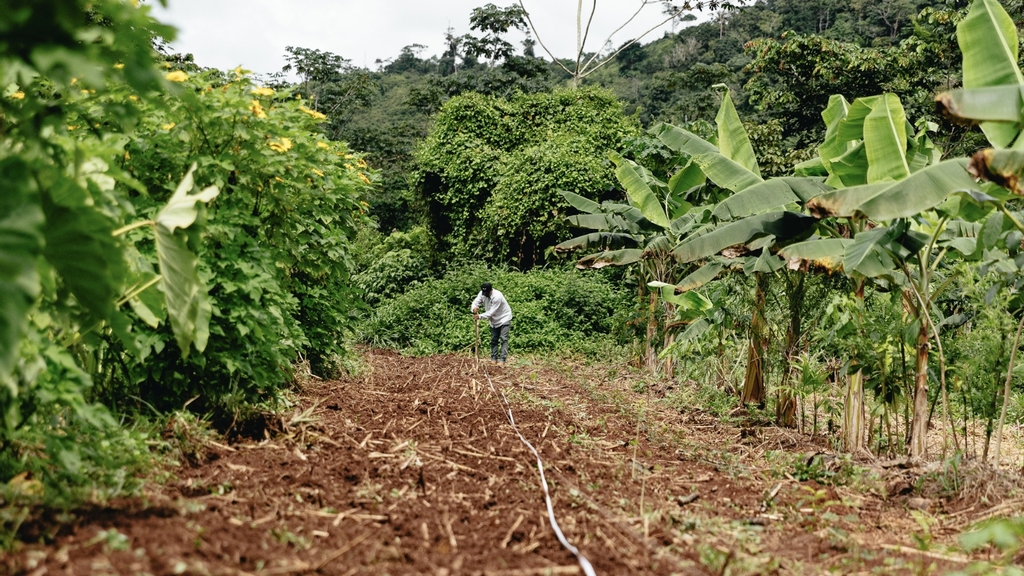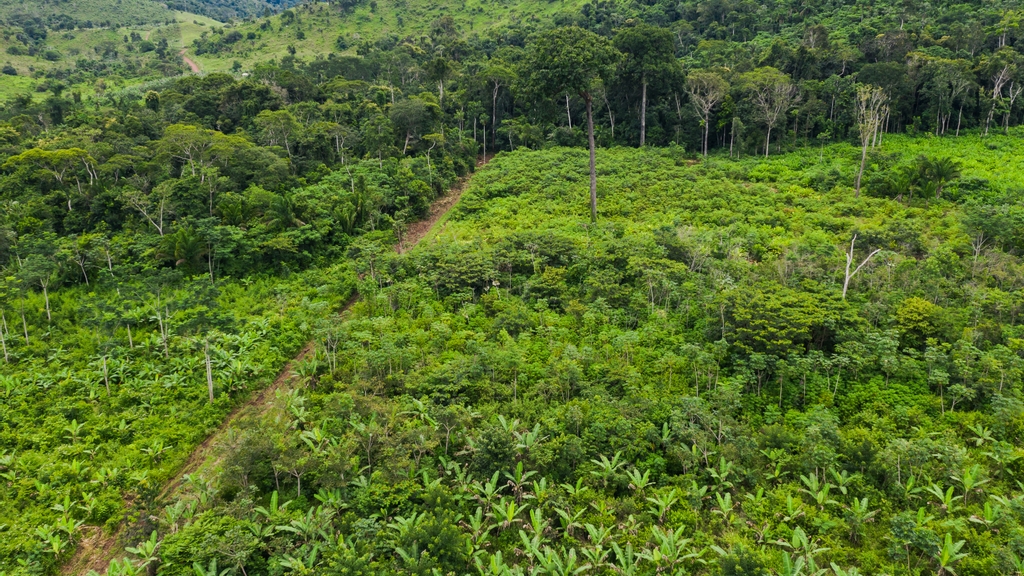How Extreme E is having an impact in the Amazon
Last month, Extreme E, along with No. 99 GMC HUMMER EV Chip Ganassi Racing’s Sara Price, headed to the Amazon to see the project’s progress for the first time. We caught up with those who saw first-hand the scale of the climate challenges in the Amazon, as well as how the Championship’s Legacy Programme is already delivering positives for farmers in the region.
As Dr Francisco Oliveira, Extreme E's Amazon scientist, starkly outlines: “The Amazon is important for the climate. If we lose the Amazon, we lose the capability of keeping balance of the temperature and carbon.
“The Amazon is starting to emit carbon and that is terrifying. We are about to reach a tipping point within the Amazon, meaning that the landscapes and the environment would change from being a humid and dense tropical forest to being a widely spaced and less leafy forest.”
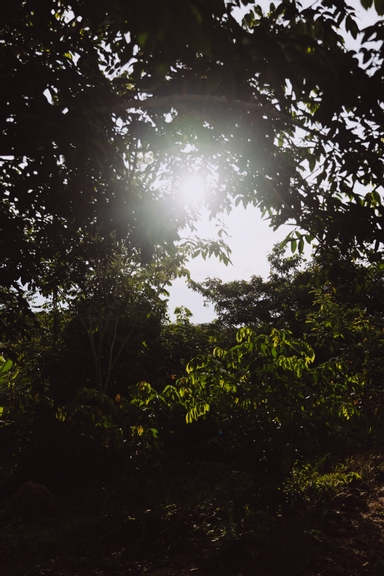
Dr Oliveira leads Extreme E’s legacy project in Brazil, where the Championship has partnered with The Nature Conservancy (TNC) to fund native forest restoration and a well-established cacao-based agroforestry programme.
Extreme E is helping combat deforestation in the Amazon, supporting TNC´s Forest Cocoa project, assisting farmers with the resources and technical know-how to support agroforestry.
Through Extreme E’s legacy programme in the Amazon, the series is supporting roughly 140 hectare cacao-based agroforestry project, part of 1,065 hectare of the Forest Cocoa project, preventing the release of almost 75,000 kgs of CO2in 30 years. For that, Extreme E is supporting 50 smallholder families, as 40% of deforestation in this area comes from small landowners.
As part of Extreme E’s visit to Brazil, the team met with rural producers in the northeast region of the Amazon to understand the challenges they face as a result of the climate crisis and how they are being overcome, as well as the positive actions on the ground undertaken by TNC.
Julia Wall-Clarke, Head of Communications and Impact, Extreme E, said: “The issue is that current cattle farming practices is not sustainable for the land and they (cattle farmers) use up all the nutrients in an area and move to other places. In the absence of technical assistance and affordable credit lines, they are propelled to take from the land until there is nothing left to give.
“Agroforestry is more about preserving the land.”
Agroforestry is the practice of growing food crops and native trees together. This approach is ideal for maintaining and regenerating the health of the planet’s soils, capturing carbon and providing habitat for wildlife, while fostering sustainable livelihoods and ensuring long-term agricultural production.
Cocoa trees are native to the Amazon rainforest, making them particularly well-suited for agroforestry in this region. Young cocoa plants need shade and can be grown in forested areas without clearing the land or planted on previously cleared lands alongside other vegetation to restore native forests.
“It’s pretty rewarding to be a part of a series like Extreme E. We get to drive, but we also get to race for a bigger picture,” said Sara Price, No. 99 GMC HUMMER EV Chip Ganassi Racing Driver.
“One thing I can’t explain in an interview is the smells, the feeling of walking through the rainforest pouring down on you. It’s these magical moments, walking through the Amazon, that you can’t give to someone unless they experience it for themselves.”
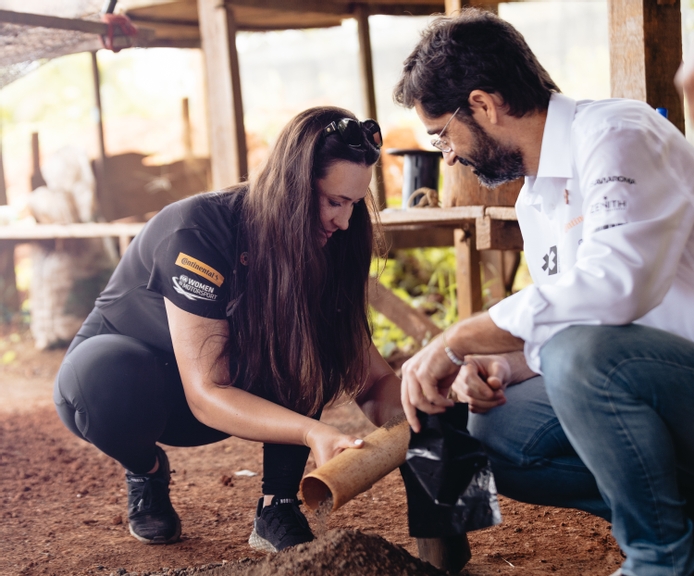
Efforts from the Forest Cocoa initiative, which Extreme E supports with its Legacy Project, have already proven beneficial for a number of local farmers.
Wesley Matos Morero was a former cattle farmer, however thanks to the help of TNC, he has switched to cacao farming. His efforts have been beneficial for the local environment, but it has also provided many financial benefits as cacao farming can be more profitable than cattle. Morero is now trying to serve as an example to local farmers who are still hesitant of making such a change.
He said: “Cacao naturally encourages the improvement of the soil’s fertility and biodiversity, while it is also six times more profitable than cattle farming. We want to help address nature not as an adversary but as a partner.”
Rosely Alves Dias has also been able to reap the rewards of switching to agroforestry due to the support of the Forest Cocoa Project. This way of farming has ensured Rosely has been able to grow a number of crops and continuously expand year after year, producing not only cacao, but also fruit trees, cupaçu and acerola. In addition, Rosely has been able to replant and reforest local species without damaging her crops, which has proven not only profitable but good for the soil.
Upon the launch of the project, Rosely was one of the first farmers to engage with TNC as she was keen to develop sustainable production in her property. The support provided by the project has ensured greater access to seeds, furthering her knowledge about planting techniques and how to make greater profits through selling in the market.
Asked to describe the impact of the Cocoa Forest project, Rosely said: “We have no words to express and describe what all this means for us.”
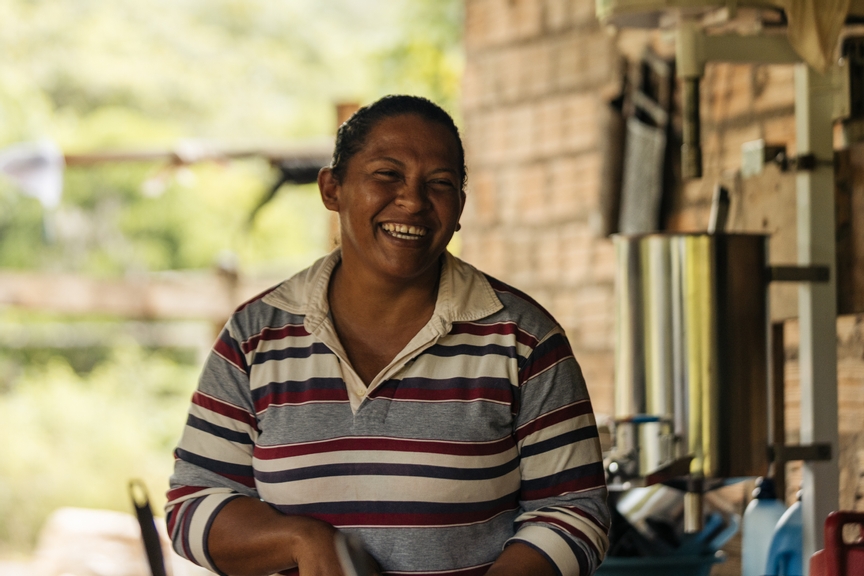
For other farmers based in the Amazon, cacao farming has been their livelihood from the very beginning.
Fabio Vendruscolo and his father-in-law’s family arrived in the region of Pará in 1986 and they have grown cacao as a family business ever since.
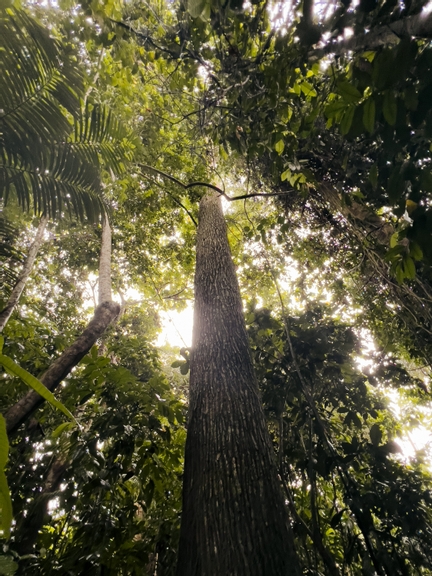
Fabio’s hope is that his children will be the next generation taking care of cacao and the wider property, not only making a living, but passing down the importance of conserving the Amazon.
As Fabio concludes: “We have to preserve and look after nature because our living depends on it. Nature gave me everything I needed; it gave me joy.”
Preserving the Amazon is critical to the health of our planet. Extreme E’s support will enable the expansion of cocoa agroforestry on degraded pasturelands, helping local farmers harvest higher value commodity beans and building sustainable livelihoods for their families.
Despite being unable to compete in Brazil so far due to Covid restrictions, it has not stopped Extreme E’s vital legacy work in the Amazon. Nevertheless, the intention is still to race in the Amazon to highlight the devastating impacts of deforestation, but also the potential for positive solutions in the near future.
